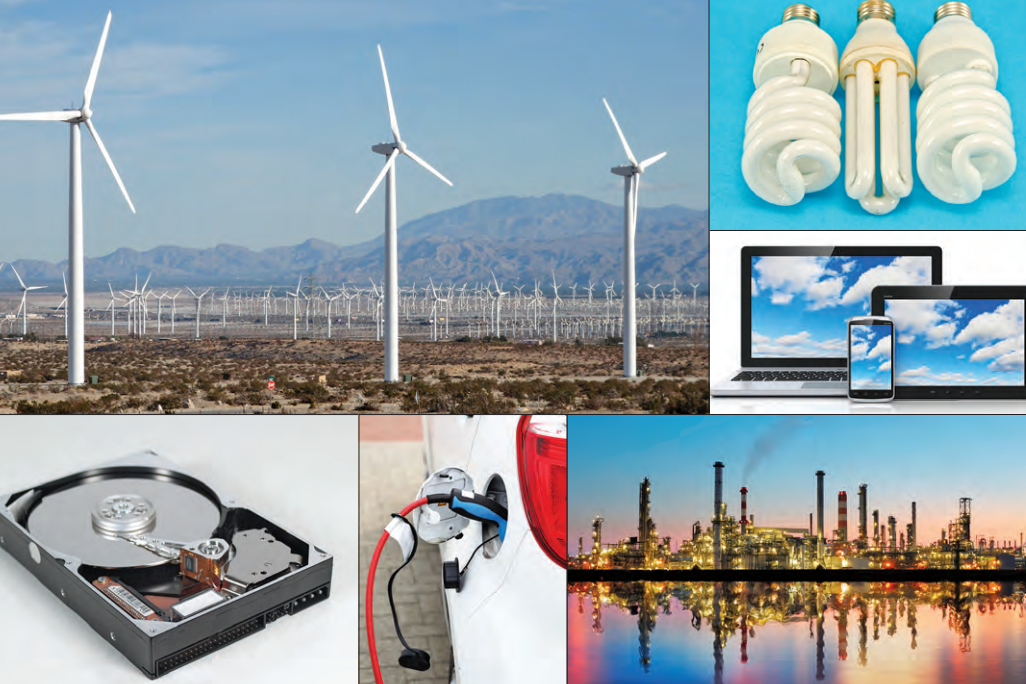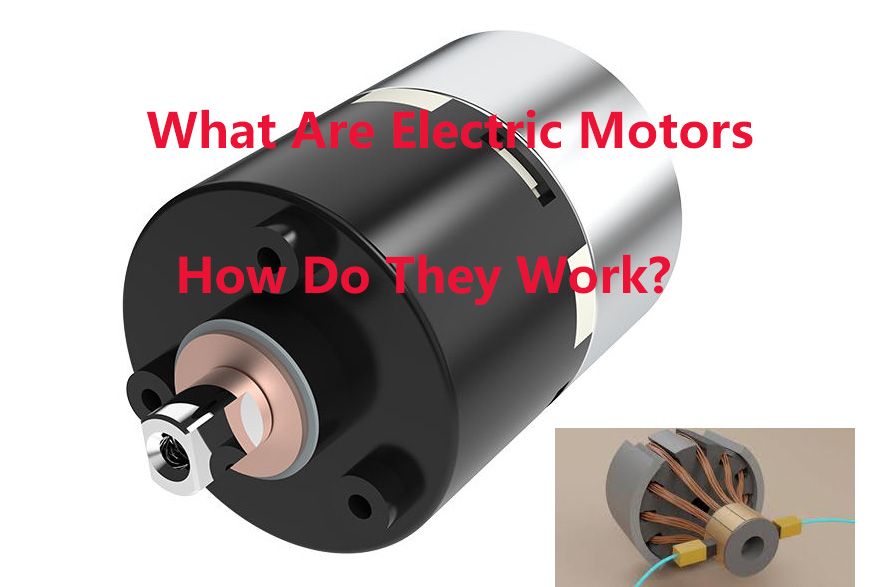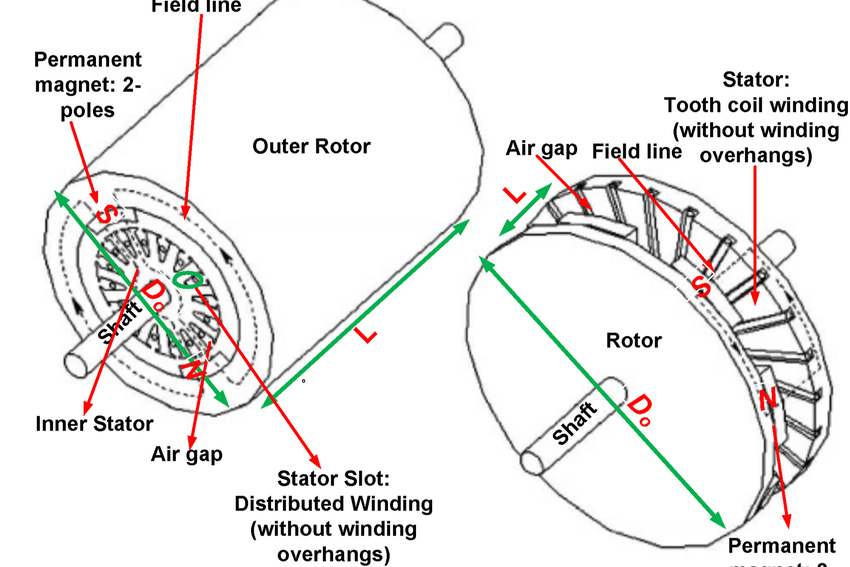Why Neodymium Magnets Are So Strong?
Neodymium permanent magnet is widely used in the fields of electronics, electric machinery, medical equipment, toys, packaging, hardware machinery, aerospace, and aviation. The most common are the permanent magnet rotor, loudspeaker, magnetic separator, computer disk drive, magnetic resonance imaging equipment, and instruments. Neodymium magnets can be processed by Nano (Royce3010) chelate thin film coating, which can be used for 20 to 30 years in Marine climate conditions, and can be widely used in magnetic modules for wind power. Surface bond strength is more than 20 Mpa, and can be used widely in high-speed permanent magnet motors, special motors, electric car motors, ultra-high voltage, high voltage DC power supply systems, quick charging systems, the aerospace defense industry, and other fields.

The Neodymium permanent magnet is based on the intermetallic compound Nd2Fe14B. The main components are rare earth element neodymium (Nd), iron (Fe), and boron (B). To obtain different performance, neodymium can be replaced by dysprosium (Dy), praseodymium (Pr), and other rare-earth metals, iron can also be replaced by cobalt (Co), aluminum (Al) and other metal parts, boron content is smaller, but it plays an important role to form a square crystal structure between the metal compounds, make compounds with high saturation magnetization, high uniaxial anisotropy, and high Curie temperature. The third generation of rare earth permanent magnet NdFeB is the most powerful permanent magnet in the current generation. Its main raw materials include neodymium 29%-32.5%, iron 63.95-68.65%, boron 1.1-1.2%, adding dysprosium 0.6-8%, niobium 0.3-0.5%, aluminum 0.3-0.5%, copper 0.05-0.15% and other elements. Each kind of product is divided into several brands according to the maximum magnetic energy product size: N35—N52, 35M—50M,30H—48H,30SH—45SH, 28UH—35UH,28EH—35EH. Sintered NdFeB permanent magnet material has excellent magnetic energy, widely used in the fields of electronics, electric machinery, medical equipment, toys, packaging, hardware machinery, aerospace, and aviation, and more common are permanent magnet motors, loudspeakers, magnetic separators, computer disk drive, magnetic resonance imaging equipment, and instruments.
| Grade | Remanence strength | Coercivity | HCJ | BH( max) | Working temperature( max) |
| Br mT | bHc KA/m | iHc KA/m | (BH)max KJ/m3 | Tw ℃ | |
| (KG) | (kOe) | (kOe) | (MGOe) | ||
| N35 | 1170-1210 | ≥868 | ≥955 | 263-287 | 80 |
| (11.7-12.1) | (≥10.9) | (≥12) | (33-36) | ||
| N38 | 1210-1250 | ≥899 | ≥955 | 287-310 | 80 |
| (12.1-12.5) | (≥11.3) | (≥12) | (36-39) | ||
| N40 | 1250-1280 | ≥923 | ≥955 | 318-342 | 80 |
| (12.5-12.8) | (≥11.6) | (≥12) | (38-41) | ||
| N42 | 1280-1320 | ≥923 | ≥955 | 318-342 | 80 |
| (12.8-13.2) | (≥11.6) | (≥12) | (38-41) | ||
| N45 | 1320-1380 | ≥876 | ≥955 | 342-366 | 80 |
| (13.2-13.8) | (≥11.0) | (≥12) | (43-46) | ||
| N48 | 1380-1420 | ≥835 | ≥876 | 366-390 | 80 |
| (13.8-14.2) | (≥10.5) | (≥11) | (46-49) | ||
| N33H | 1130-1170 | ≥836 | ≥1353 | 247-241 | 120 |
| (11.3-11.7) | (≥10.5) | (≥17) | (31-34) | ||
| N35H | 1170-1210 | ≥868 | ≥1353 | 263-287 | 120 |
| (11.7-12.1) | (≥10.9) | (≥17) | (33-36) | ||
| N38H | 1210-1250 | ≥899 | ≥1353 | 287-310 | 120 |
| (12.1-12.5) | (≥11.3) | (≥17) | (36-39) | ||
| N40H | 1240-1280 | ≥923 | ≥1353 | 302-326 | 120 |
| (12.4-12.8) | (≥11.6) | (≥17) | (38-41) | ||
| N42H | 1280-1320 | ≥955 | ≥1353 | 318-342 | 120 |
| (12.8-13.2) | (≥12.0) | (≥17) | (40-43) | ||
| N45H | 1320-1360 | ≥955 | ≥1353 | 342-366 | 120 |
| (13.2-13.6) | (≥12.0) | (≥17) | (43-46) | ||
| N33SH | 1130-1170 | ≥844 | ≥1592 | 247-272 | 150 |
| (11.3-11.7) | (≥10.6) | (≥20) | (31-34) | ||
| N35SH | 1170-1210 | ≥876 | ≥1592 | 263-287 | 150 |
| (11.7-12.1) | (≥11.0) | (≥20) | (33-36) | ||
| N38SH | 1210-1250 | ≥907 | ≥1592 | 287-310 | 150 |
| (12.1-12.5) | (≥11.4) | (≥20) | (36-39) | ||
| N40SH | 1240-1280 | ≥939 | ≥1592 | 302-326 | 150 |
| (12.4-12.8) | (≥11.8) | (≥20) | (38-41) |
NdFeB, also known as neodymium magnets, is a tetragonal crystal formed by neodymium, iron, and boron (Nd2Fe14B). Neodymium magnets were discovered in 1982 by Masato Sagawa of Sumitomo Special Metals. The magnetic energy accumulation (BHmax) of this magnet was greater than that of samarium and cobalt magnets and it was the largest amount of magnetic energy accumulated in the world at that time. Later, Sumitomo developed the powder metallurgy process successfully. General Motors has successfully developed the melt-spinning process, which can prepare neodymium magnets. The magnet is the strongest permanent magnet and the most commonly used rare earth magnet.















